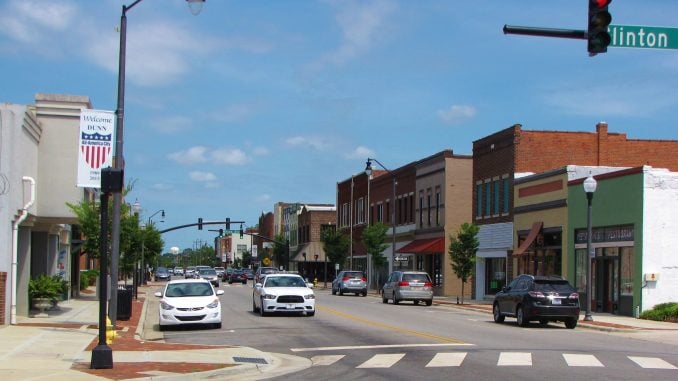
Raleigh – Two-thirds of N.C. counties grew in population last year. In the Triangle, Johnston County was the fastest growing area, by percentage of the population, while around Charlotte, Union County showed the most growth. The same trend was true in the Triad area and in the western part of the state. Parts of Buncombe County outside of Asheville accounted for 64 percent of the area’s population growth.
The data comes from an annual U.S. Census report released last week on population in cities and counties across the nation. The report examines changes between July 2016 and July 2017 in where people are moving and provides a foundation for state and local governments as they try to plan resources for their communities.
“We see more broadly nationwide a return to higher growth occurring in more traditionally suburban or exurban areas than had been occurring in the immediate years following the recession and in the first half of this decade,” said Dr. Rebecca Tippett, director of Carolina Demography at the Carolina Population Center at UNC Chapel Hill.
Tippett suggests that there are several factors in the changes, among them the increase in home prices nationwide and economic fallout for some families in the wake of the recession. They may be headed outside of N.C. cities for an affordable place to live.
Overall, 66 of N.C.’s 100 counties had population growth last year, compared to 53 percent of counties nationally. N.C. now has 10.3 million residents, making it the ninth-most populated state in the nation, but the growth has been steady for nearly a decade. Between 2010 and 2017, Brunswick County was the fastest growing county, increasing in population size by 21.8 percent (or 23,466 people). This is followed by Wake County (19.0 percent), Mecklenburg County (17.1 percent) and Pender County (16.7 percent). Twenty-two counties grew at a faster rate than the state overall.
Some of that growth, according to Tippett, is also baby boomers looking for an affordable retirement in N.C.’s small towns, or moving to the counties around cities to be near grandchildren and good health care. Baby boomers are expected to enter the 65 and older group through early 2030, but they aren’t going to be having children and their needs could mean big changes for rural economies.
“We see that happening in parts of the mountains, we see that happening in parts of the coast, we see that very clearly in Brunswick and Chatham counties, but in other places while we may be having some people moving in, the aging population may be sufficiently old that it makes it very hard for overall growth levels to rise,” said Tippett. “The types of needs they have might be very different and the local economy may need to change to accommodate their needs, so it may create new opportunities for younger workers to come in.”
“It’s hard to say exactly what this looks like because, quite frankly, we’ve never had such a large group of individuals reach these older ages because we didn’t used to live this long,” she added. “It’s a great problem to have, but it still is a challenge. It’s going to impact all communities, but some communities are going to feel the impacts in ways that may create very serious local challenges.”
The census report divides counties and hometowns by population into metropolitans and micropolitans. A micropolitan county has at least one urban area with more than 10,000 residents, but fewer than 50,000. Southern Pines and Dunn made the national list of the top-10 fastest growing micropolitans, claiming the Nos. 5 and 6 spots, respectively.
Southern Pines gained 1,872 residents in 2017, bringing its population to 97,264 people. Dunn was also the No. 10 most populated micropolitian with 132,754 residents, having gained 1,855 people since 2016.

